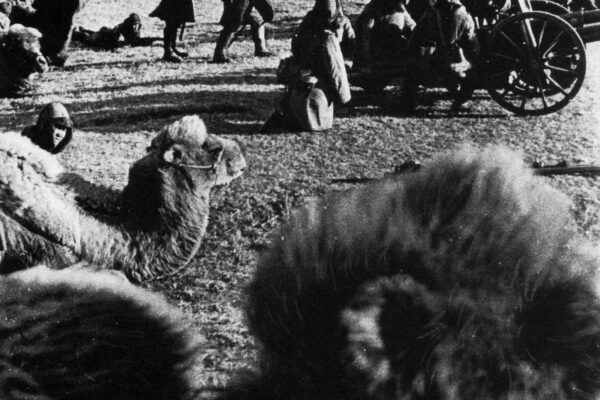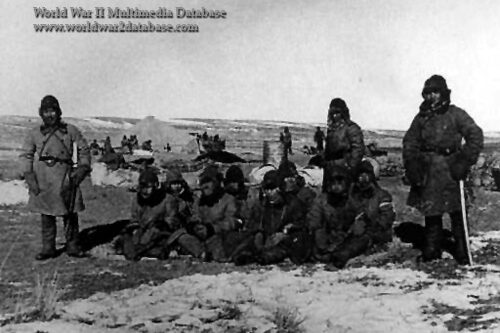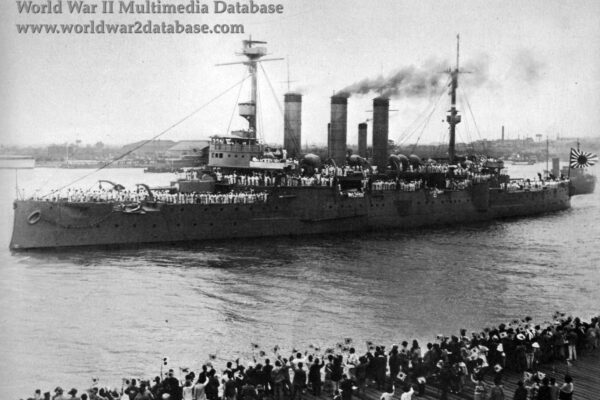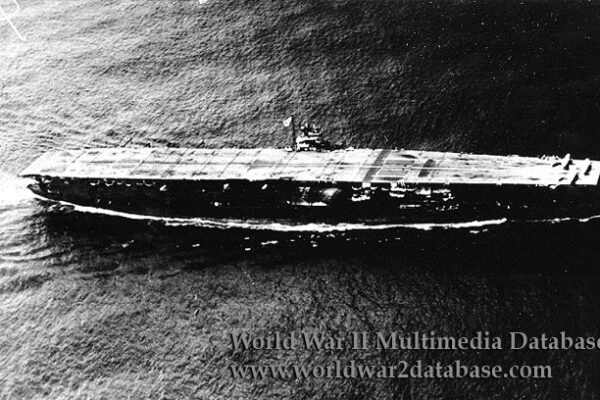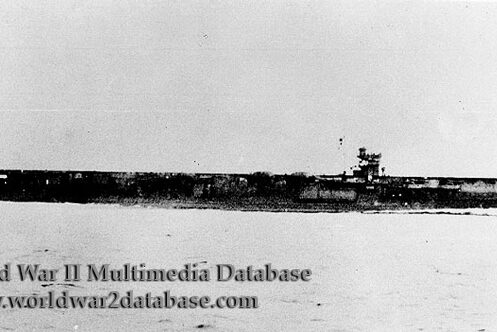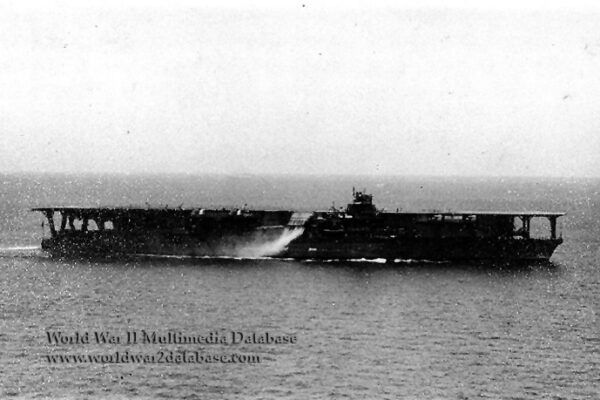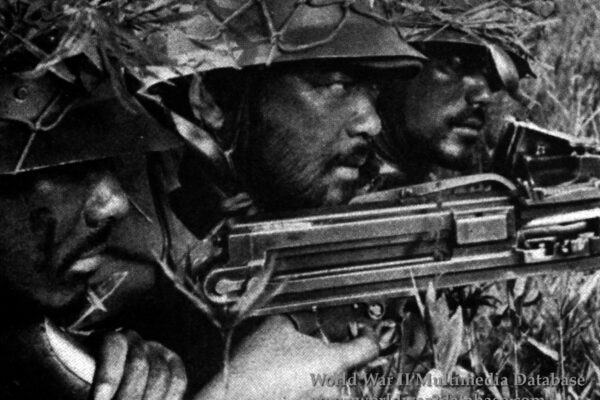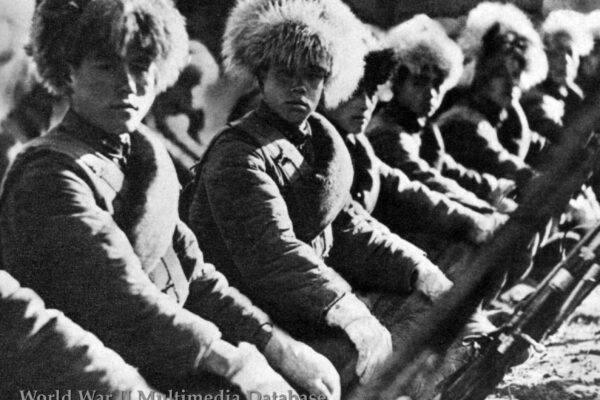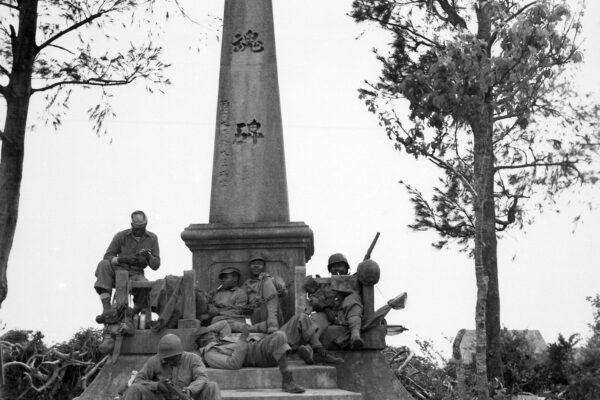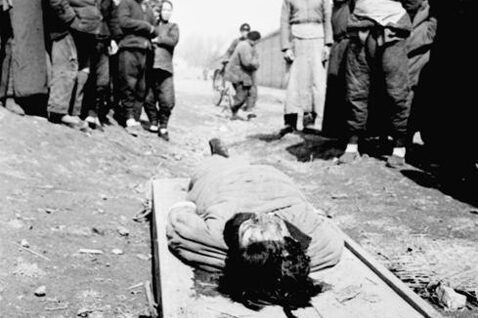As a result of the first Sino-Japanese War (1895) that also made Korea a part of Japan, troops had been garrisoned along a railroad from the rich resources of Manchuria to Korean ports-of-trade. Raw materials and finished goods would roll down this railway to docks in Korea to be shipped to Japan. The Japanese Army, who controlled this railroad, wanted more of Manchuria’s resources and didn’t want to pay for them.
In 1931, the Imperial. Japanese Army garrison at Mukden fabricated an attack on the railway and began to attack Chinese troops in Manchuria. Despite the government’s orders to desist, they ignored their orders and soon had much of Manchuria in their grip, exceeding even their own plans. When the war was halted with the influence of the League of Nations, Manchuria was in Japanese hands. The Japanese, who were in the middle of a series of assassinations by right-wing army officers to gain control of the government, would not return the province. This was the “Showa Restoration,” when in the name of the Emperor, anyone who spoke out against imperial expansion would be killed.
Manchuria became Manchukuo. Chinese Emperor Pu-Yi was placed has a figurehead, but he had little power to influence the Japanese Army administrators. A series of old and new manufacturing companies, or Zaibatsu, were set up to systematically strip Manchuria of her natural resources. The Army controlled all of the industry setup in Manchuria.
The second Sino-Japanese War had begun. Sporadic fighting lasted on and off throughout the thirties, but large-scale fighting did not begin again until 1937, when Japanese units were attacked at the Marco Polo Bridge outside Peking. Fighting raged throughout Western China. Quickly Japan seized the major coastal cities, and much of the countryside. Nationalist Chinese units, plagued by lack of supplies, corruption, and poor training, fell back on a wide front.
In December 1937, Imperial Japanese Army units were on the outskirts of the Nationalist capital, Nanking (Nanjing). Nanking is an ancient city, and for the Imperial Japanese Army, winning it represented both a tactical and a political victory. The Chinese Army put up a token defense, and its leaders fled. The city would be punished harshly when it surrendered. As many as 300,000 Chinese soldiers and civilians would be executed, and rape, theft, and abuse was rampant. The Foreign Quarter, a refuge for the Europeans and Americans living in the city, was jammed with refugees and many Chinese and westerners braved Japanese bayonets to rescue Chinese women from rape and murder.
Many Americans were being evacuated on the USS Panay, a Yangtze River gunboat. Other British and Dutch boats were also evacuating refugees. The Japanese High Command ordered that Japanese airmen attack, thinking that word of the rape of Nanjing would be leaked the world. The airmen protested, aware that such an action would be tantamount to war. They were overruled, and planes attacked Panay for two hours. Two seamen were killed, and the news shocked the American public. Japan quickly blamed the fliers, but film of Nanjing and the sinking of the Panay survived and were seen around the world. Unfortunately for the Nanjing civilians, this was not until the Americans entered the Pacific War, because Roosevelt did not want war with Japan. He quietly settled a monetary compensation with the Japanese, and tried to suppress the film.
Japan’s initial victories were followed by a period of stagnation. The size of China, the sheer manpower she could field, and the lack of Chinese infrastructure, roads, bridges, and communications, made further advance difficult. By 1938, Chinese and Japanese troops were fighting in stalemate. This stalemate would continue until the Japanese would advance against the Allies in 1941.
The Chinese under Japanese rule would suffer greatly. China’s lack of stability since 1911 had meant that many warlords ruled individual fiefdoms, and they were only interested in their own power. This made effective resistance difficult. Food shortages were everywhere. In addition, Nationalist leader Chiang Kai-Shek was more interested in fighting his communist counterpart, Mao Zedong, than repelling a Japanese invasion. While the Mukden incident was going on, Zedong was consolidating his forces. He was driven back in what his followers called “the Long March” into the northwest area of China. His highly motivated forces were able to render good service against the Japanese they encountered, but also wanted to fight the Nationalist Chinese for control of the country,
The number of dead from the China War may never be known, but certainly it was the bloodiest theatre in the Pacific War. Estimates that include civilian starvation deaths run as high as twenty million.

Author of the World War II Multimedia Database

